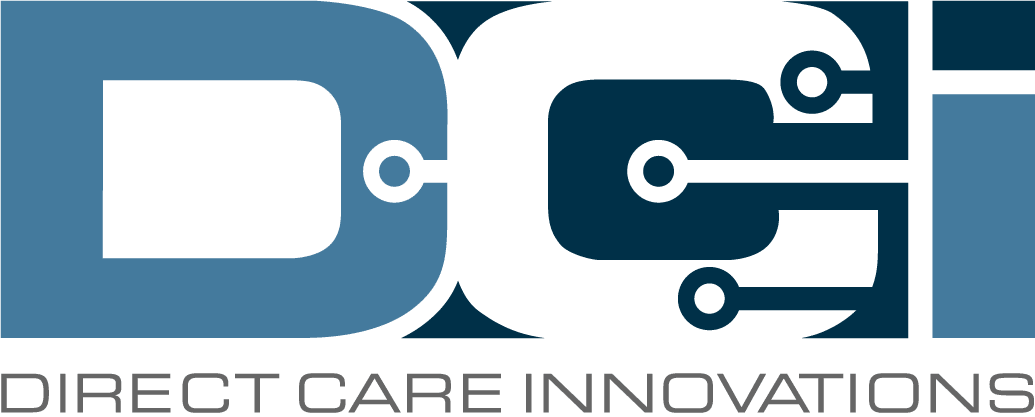New Rules of EVV & How They Foster Efficiency & Value-Based Partnerships
New technologies are rapidly changing the business landscape, especially within the healthcare industry. Electronic visit verification, also known as EVV, is one of the more convenient innovations as of late. Starting January of 2021, new technology requirements will make it so that home-based providers must use electronic visit verification systems for the people they care for. These rules will transform the healthcare industry, streamlining workflow for caregivers, and improving the lives of individuals they support.
What is EVV?
EVV is a method used to electronically verify visits from healthcare providers. In situations of home-based healthcare, it’s possible for fraudulent or neglectful visits to occur. An electronic verification system makes it so that home care agencies can keep track of visits done by healthcare workers. A decent EVV solution should be able to establish the following information:
- The type of service that is being provided.
- The date of service.
- The location of the delivery.
- The name of the individual receiving the service.
- The name of the caregiver.
- The timing of the service, from beginning to end.
EVV can be delivered through a variety of methods, including mobile apps with GPS tracking, interactive voice response from telephone calls, or fixed devices inside a client’s home. Most agencies prefer to use mobile devices, the most convenient of the available options.
The New Rules of EVV
At the start of 2021, all home care agencies will be required to put an EVV solution in place. Providers that don’t comply will risk denial of claims by Medicare or Medicaid. Home-based providers often rely on Medicare and Medicaid to help pay for healthcare services. On a federal level, every in-home visit will be subject to electronic visit verification. People living at home, in facilities, or in nursing homes won’t be required to undergo EVV. States have varied policies when it comes to EVV, so it will be up to the providers to follow their state’s requirements.
Matt Fairhurst, CEO of the deskless workforce management company Skedulo, offered some advice on how to wield EVV technology:
“Start small, make sure you’re compliant, align with a good technology partner, and then grow from there is probably my single piece of advice, especially for those who are overwhelmed about the future.”
Most providers already seem to be adjusting well to the new tech rules, with many large agencies meeting the deadline to implement EVV solutions. According to the CDO of Addus HomeCare Corporations, Darby Anderson says:
“A lot of providers – particularly larger providers – are further along. They’re already using some form of EVV in certain states that have mandated it, or they certainly have taken the steps to understand the technology and are in pretty good shape in terms of using EVV at the point-of-care.”
The Benefits of Electronic Visit Verification
As a method, electronic visit verification is beneficial to everyone involved. This solution will reduce fraud among caregivers, improving the overall care for individuals they support. This, in turn, will foster value-based partnerships that will benefit an agency in the long run. EVV helps management identify neglectful workers in the healthcare field and prevents over-payment.
DCI and EVV
In the case of DCI, electronic visit verification is integrated with their other business management platform solutions, acting as a data collector and communicator for the healthcare workers. Using DCI’s business management platforms, a worker can keep track of visit verification, payroll, billing, schedule coordination, and documentation. All of these will streamline workflow, making things much more efficient in the long term.
Interested in trying out a quality EVV platform? DCI offers both web and mobile access to electronic visit verification. Contact our team at Direct Care Innovations at (480) 295-3307 to request a sales demo today!

